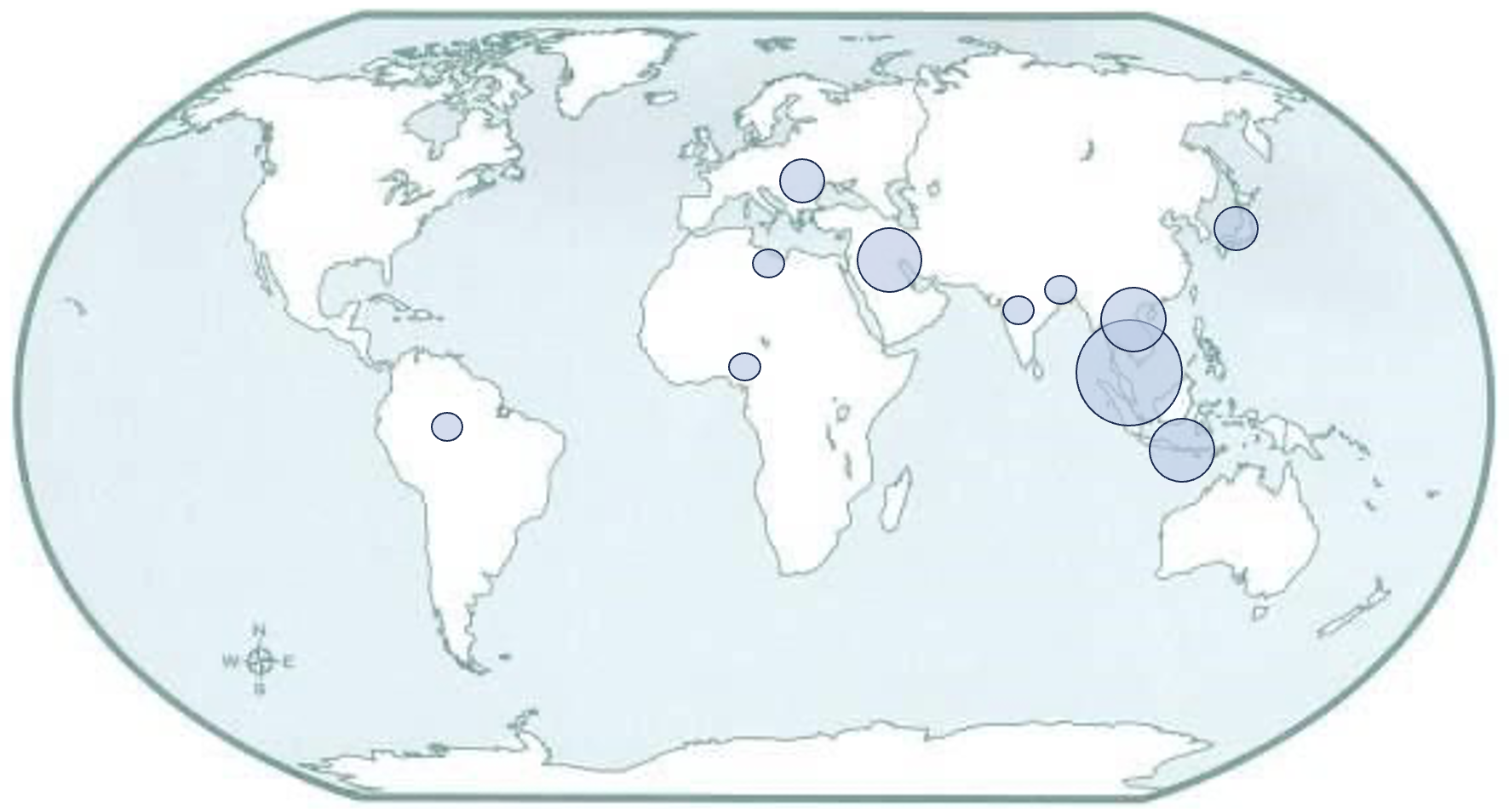Evaluation of Streamline on Aerofoil with Suction Hole in Wind Tunnel
DOI:
https://doi.org/10.37934/arefmht.13.1.17Keywords:
pressure suction slot, NACA0012, wind tunnel, aerofoil analysisAbstract
This study looks into the impact of pressure suction holes in the NACA 0012 airfoil on aerodynamic performance. The goal is to use wind tunnel tests to compute the lift and drag forces for the NACA 0012 airfoil with suction holes at various air speeds and angles of attack. The relationship between air speed, angle of attack, drag coefficient, and lift coefficient will be determined by analysing the obtained data. The goal of the research is to better understand the flow patterns and variations in streamlines of the NACA 0012 airfoil at different velocity and attack angles. The test model will use the NACA 0012 airfoil, which is recognised for its symmetrical shape. Suction holes, varying from one to four, will be installed to provide insight into the influence of pressure suction on the boundary layer and streamline behaviour of the airfoil. The study will be carried out in a low-speed wind tunnel within the Fluid Mechanics laboratory, with the streamlines visualised using a smoke generator. This study is significant because it contributes to our understanding of flow characteristics, pressure distributions, and boundary layer control in aerodynamic design. It also provides excellent exposure to wind tunnel testing procedures, aviation industry practises, and continuing airfoil design research. This study adds to the body of knowledge on optimising airfoil performance by evaluating the effect of pressure suction holes on the NACA 0012 airfoil. The findings will be useful to researchers, aerodynamic enthusiasts, and aviation experts, allowing them to further investigate the potential benefits of pressure suction techniques in improving airfoil efficiency and performance.
Downloads























